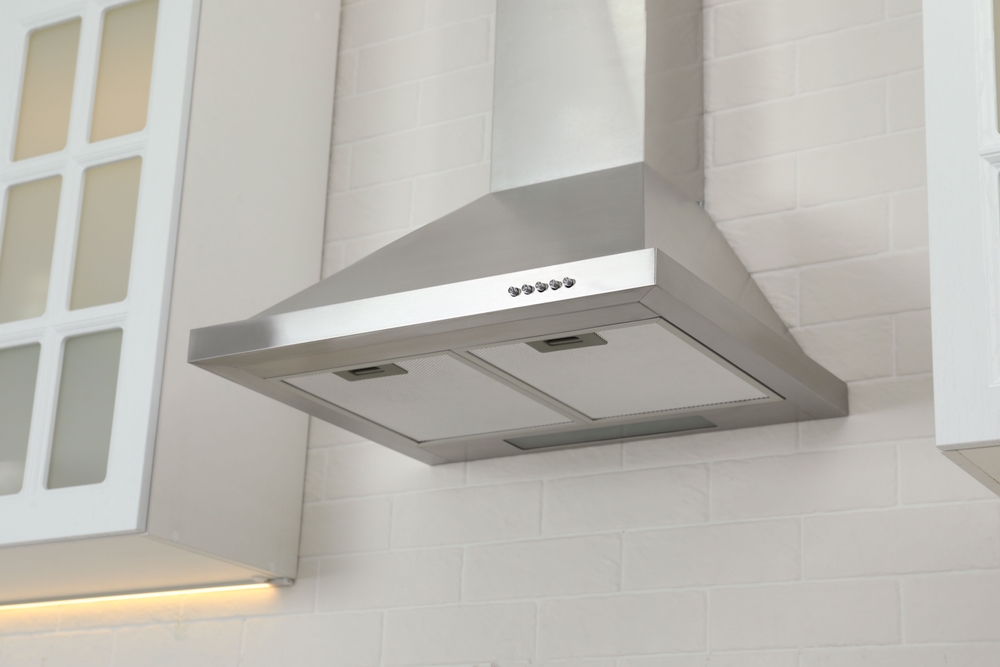The Importance of Ventilation in Retrofitting Homes
With an increasing number of properties being retrofitted across the UK using low carbon heating systems and improved insulation, it’s crucial to also consider ventilation as part of this process. Proper ventilation ensures that occupants are not affected by damp, mould, and poor indoor air quality.

The role of ventilation in the energy efficiency of properties
Ventilation in a property refers to the exchange of fresh air from outside the property and stale air from within the property, and is measured through an air exchange rate. It is used to mitigate any risks of poor air quality, mould, or damp. It’s important to note that ventilation is very different from air leakage and drafts.
Air leakage (or air permeability) looks at the loss of air through unintended gaps and cracks in the building envelope. While reducing air leakage is crucial for improving the energy efficiency of a property, it’s important that it is balanced with adequate ventilation to ensure good indoor air quality.
It’s also important that installed and current ventilation systems are inspected by a Domestic Ventilation Inspector during the retrofit process, to ensure that they are working as intended and meet relevant requirements.
Why is it important to have adequate ventilation in a property?
Effective ventilation is essential for maintaining a healthy and comfortable indoor environment, especially in particular energy efficient homes or those that have recently had retrofit measures installed. Without proper ventilation, indoor air quality can deteriorate, leading to serious health issues for occupants, with vulnerable groups such as the elderly being especially at risk.
Good ventilation is achieved through a variety of methods such as trickle vents in windows, door undercuts and extractor fans to name a few, but it’s important to seek advice from a retrofit professional to determine the best solutions for improving the ventilation in any property.
Why is ventilation important when retrofitting homes?
During the retrofit process, it’s important that any installed measures, such as insulation, do not inadvertently affect the ventilation or indoor air quality of the property. To prevent these issues, a Background Ventilation Test should be conducted both before and after the installation of measures. This test must be carried out by a competent Background Ventilation Tester who is accredited by both a government-approved scheme, such as Elmhurst’s and the Insulation Assurance Authority (IAA).
Steve Marriott, Scheme Manger for the Elmhurst Retrofit Support Team comments on the positive impact of ventilation upgrades:
“Ventilation upgrades during the retrofit process should not been seen as a burden on any works being undertaken. Instead, it should be considered crucial for ensuring the wellbeing of the occupant and improving their current living conditions. Much of our housing stock has poor or broken ventilation that needs attention to ensure the continued well-being of the occupant.”
Further Resources
https://raeng.org.uk/news/ventilation-vital-as-we-boost-energy-efficiency-with-building-retrofits
Elmhurst’s background Ventilation Training > https://www.elmhurstenergy.co.uk/background-ventilation-training/
Elmhurst’s Domestic Ventilation Inspector Training: https://www.elmhurstenergy.co.uk/ventilation-training/
